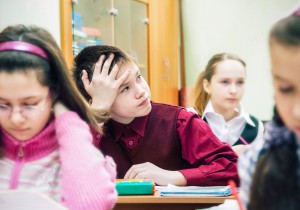THE PROBLEM: PREVALENCE OF TRAUMA
1. Many students have had traumatic experiences.

Studies now show that nearly every school has children who have been exposed to overwhelming experiences, such as witnessing violence between their caretakers, being the direct targets of abuse, and other kinds of adversity. The Adverse Childhood Experiences (ACE) study found higher levels of traumatic experiences in the general population than previously imagined. Among the approximately 17,000 adults surveyed, just over 50% reported having experienced at least one form of childhood adversity. These included physical, emotional or sexual abuse; witnessing their mother treated violently; having a parent with substance abuse or mental health issues; or, living in a household with an adult who had spent time in prison.
If we add those who are chronically bullied, experience periods of homelessness, live in the proximity of pervasive community violence, flee war-torn countries, undergo multiple invasive medical procedures, or live with a parent traumatized by recent combat, the number of children affected by significant adversity grows even larger.
Experts explain that trauma is not an event itself, but rather a response to one or more overwhelmingly stressful events where one’s ability to cope is dramatically undermined. These experiences in childhood can lead to a cascade of social, emotional and academic difficulties. As students get older, exposure to traumatic experiences can also lead to the adoption of self-medicating behaviors such as substance abuse, smoking, and overeating. All of these responses to traumatic events can interfere with a child’s ability to learn at school.
The video below explores how prevalent trauma is in our society and schools today.